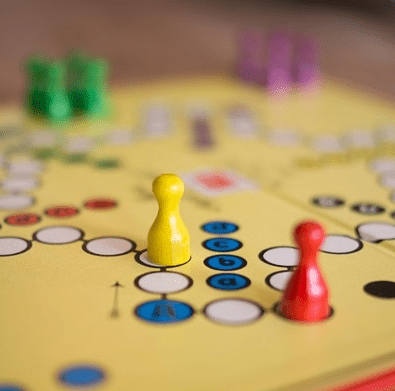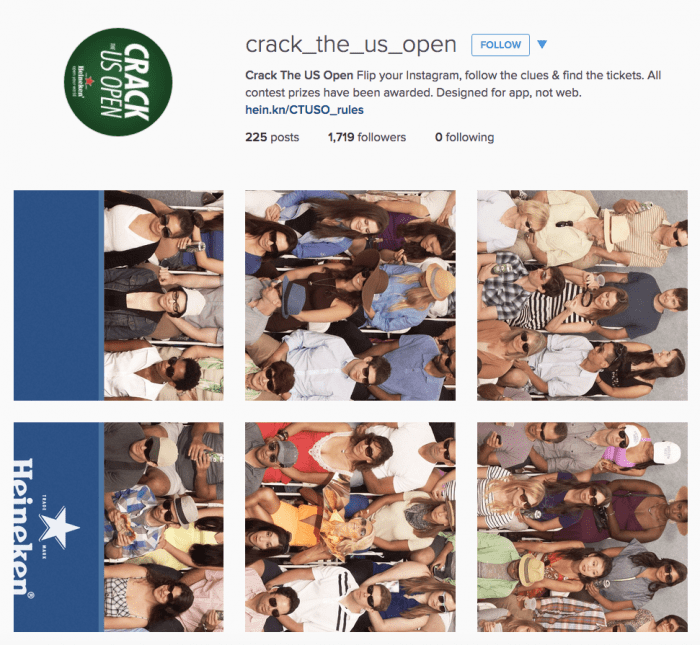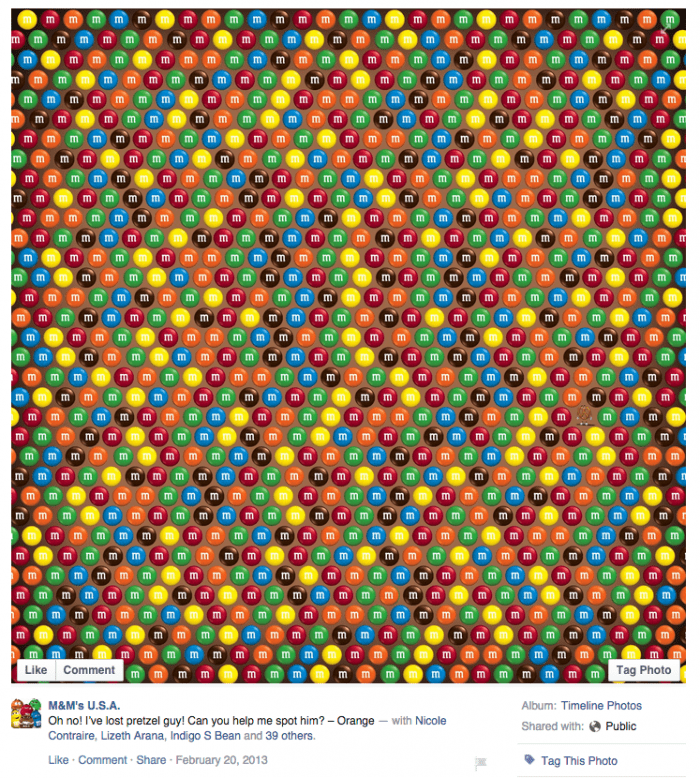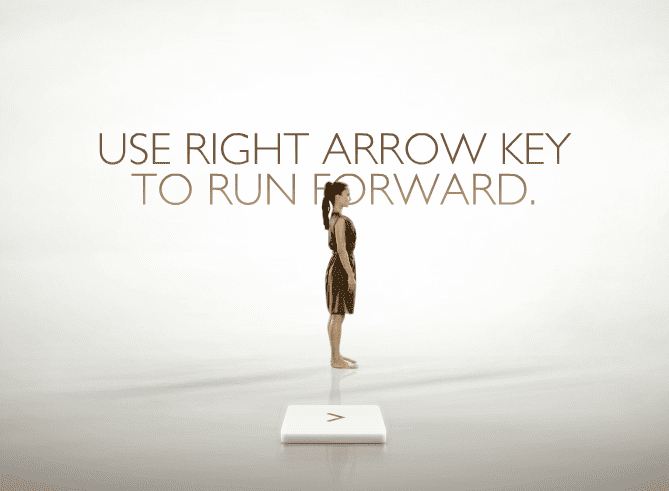Gamification can potentially revolutionize your content marketing strategy – examples and tips to show how to apply it
Content marketing is predicted to continue to be a key strategy in digital marketing and marketers will soon start looking for new solutions to create fun and engaging content. Many of them are already interested in gamification – analyst Gartner expects that by 2016, gamified strategies will become standard practice for driving brand engagement and fostering consumer loyalty. Here are a few tips to help you realize the potential gamification holds for revolutionizing your content marketing strategy.

The basics
First of all, what is gamification? It's basically application of game mechanisms to non-gaming activities and contexts. Gamification is of great use to areas of business which depend on engagement and motivation – for instance training, project management, recruitment or marketing.
Rewarding players with points and badges or displaying top players on special leaderboards, marketers can appeal to the competitive nature of humans and successfully engage consumers with the brand.
Benefits and risks
Why are marketers interested in gamification at all? The main advantage of gamified environments is that they simply drive motivation. Applying gamification to content marketing, marketers can create many opportunities for consumer engagement with brands, drive specific behaviors and motivate players to perform tasks which require a lot of effort or time and would be impossible in non-gamified environments.
But marketers interested in using gamified strategies for creating more engaging content should be aware of risks involved in gamification as well. If games are poorly designed or badly conducted, they fail to deliver the expected results and might bring serious consequences to brand's reputation. Some games spark controversy – remember the recruiting game launched by the US Army?
To make sure that their gamified practice is safe and brings tangible effects to content marketing, marketers should take extra care when designing the game and formulating rules, provide feedback in real-time, justly recognize top players and make progress tracking transparent.
Gamification in action
So far, gamification found a lot of appreciation by bringing great results to strong brands all over the world. Here are 3 examples of exceptionally profitable use of gamified strategies for content marketing.
Heineken US Open Instagram contest
During the 2013 US Open, Heineken launched a “Crack the US Open” contest on a special Instagram account. Marketers put together more than 200 photos to compose a mosaic showing a tennis match audience. Consumers had to follow clues included in photo captions, reach the final photo, leave a comment and win game tickets. It was basically a ticket giveaway based on a complex photo hunt.

The contest lasted 3 days and featured a total of 7 events, bringing more than 1500 users to participate in the game. As a result, Heineken noted an impressive 20% increase in follower number on their @Heineken_US account and enjoyed a lot of exposure as one of the main US Open sponsors. Even though the photo hunt was complicated, consumers felt motivated to continue and solve the puzzle.
M&M's Eye-Spy Pretzel
M&M's took gamified content marketing to the next level in 2013, when the brand launched the M&M's Pretzel campaign. The event was composed of many different parts – among them a simple eye-spy game. The brand published a large graphic full of M&M's on its Facebook account. The task of users was simple – find the tiny pretzel hidden among the candy.
The game was met with great enthusiasm – it quickly went viral, generating lots of noise on social media. Here's the original post – you can see for yourself that it received over 25,000 likes, 6,000 shares and 11,000 comments.

It might at first seem unbelievable that users would actually want to spend time looking for the little pretzel and then share the game with their friends, but the activity clearly appealed to all those who remembered playing similar games throughout their childhood.
Pleasure Hunt by Magnum Ice Cream
If you thought that gamification for content marketing was a relatively novel affair, consider this: already in 2011 Magnum used this strategy in a smart online skill game called the Pleasure Hunt. The game's fourth edition recently accompanied Magnum's 25th birthday. You can still play its first edition here.

In all its editions, players would simply control a character, the 'Magnum Woman', and their main task was to help her collect chocolates as the character jumped from one website to another, visiting brands ranging from Samsung and Dove to Saab or even YouTube. Dancing around page mockups, the character quickly engaged players and the game quickly went viral.
Magnum Pleasure Hunt was not only exciting in itself, but it was also well-integrated with Magnum's social channels. Completing the pleasure hunt, players could share their results to their networks on Facebook and Twitter and challenge their friends to beat their results.
How to start using gamification in your content marketing strategy right now?
You don't have to be a part of a large organization or operate on a massive marketing budget to incorporate gamified strategies into your content marketing. Gamification can work for almost any product or service and it's adaptable to every budget. Here are a few tips to help you get started on gamification for content marketing.
1. Take small steps
If you've never tried gamification in marketing, its best to first try it with a simple game so you can learn how theory works in practice and see how your target audience receives the game. One way to start is by rewarding users for visiting your Facebook page, following you on Twitter or viewing your videos on YouTube.
2. Structure your game to make sense of it
If your reward system is so complex that it requires users to get familiar with a long manual to understand it, you're never going to get satisfactory results from gamification. Instead of building a large and complicated gamified environment, it's better to divide the game into a set of small activities which visitors can learn about gradually. Give players just the information they absolutely need to have in order to move to the next level.
3. Relate gamification to your marketing goals
Plan your gamification strategy to ensure that visitors don't just visit your website to play and then exit the page. Gamification is there to help you create better product awareness or increase your bottom line. Your game should direct visitors to other parts of your website, learning more about your product or service.
4. Consult with professionals
Gamification can be tricky and badly designed marketing games happen more often than you'd expect. If you already have a few responsibilities on your back and adding one will be too much, you can still make the most from gamified environments by using products and services of companies such as Badgeville or Gigya which specialize in creating gamification programs.
Gamification is an excellent strategy to help you spice up your content marketing and engage your target audience in new ways by providing a great user experience, fostering consumer loyalty and building a positive image of your brand.

Thanks to Isabel Wiliams for sharing their advice and opinions in this post. Asabel Wiliams is part of the team at
Bizdb - a UK business directory featuring companies house filings. She is a great advocate of gamification believing in its potential to empower businesses. You can follow her on
Twitter.







 Thanks to Isabel Wiliams for sharing their advice and opinions in this post. Asabel Wiliams is part of the team at
Thanks to Isabel Wiliams for sharing their advice and opinions in this post. Asabel Wiliams is part of the team at 


